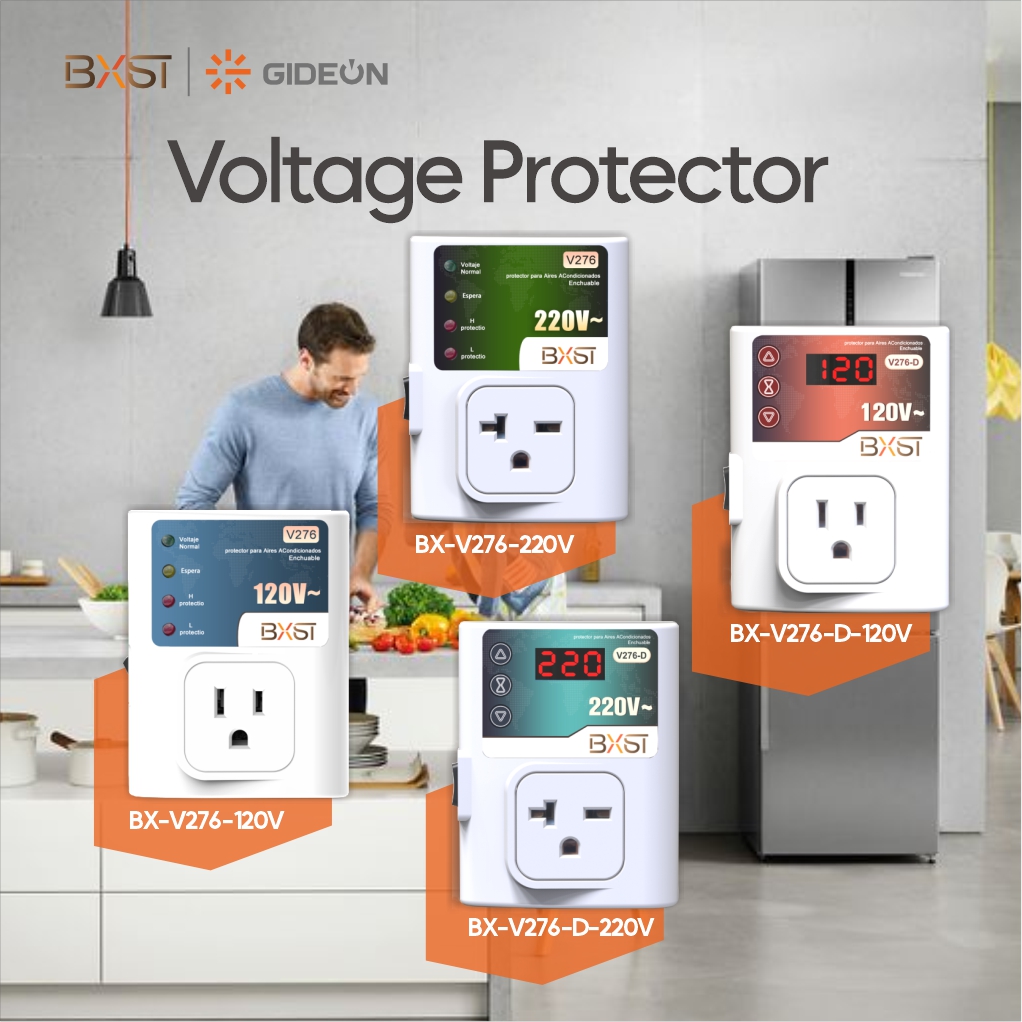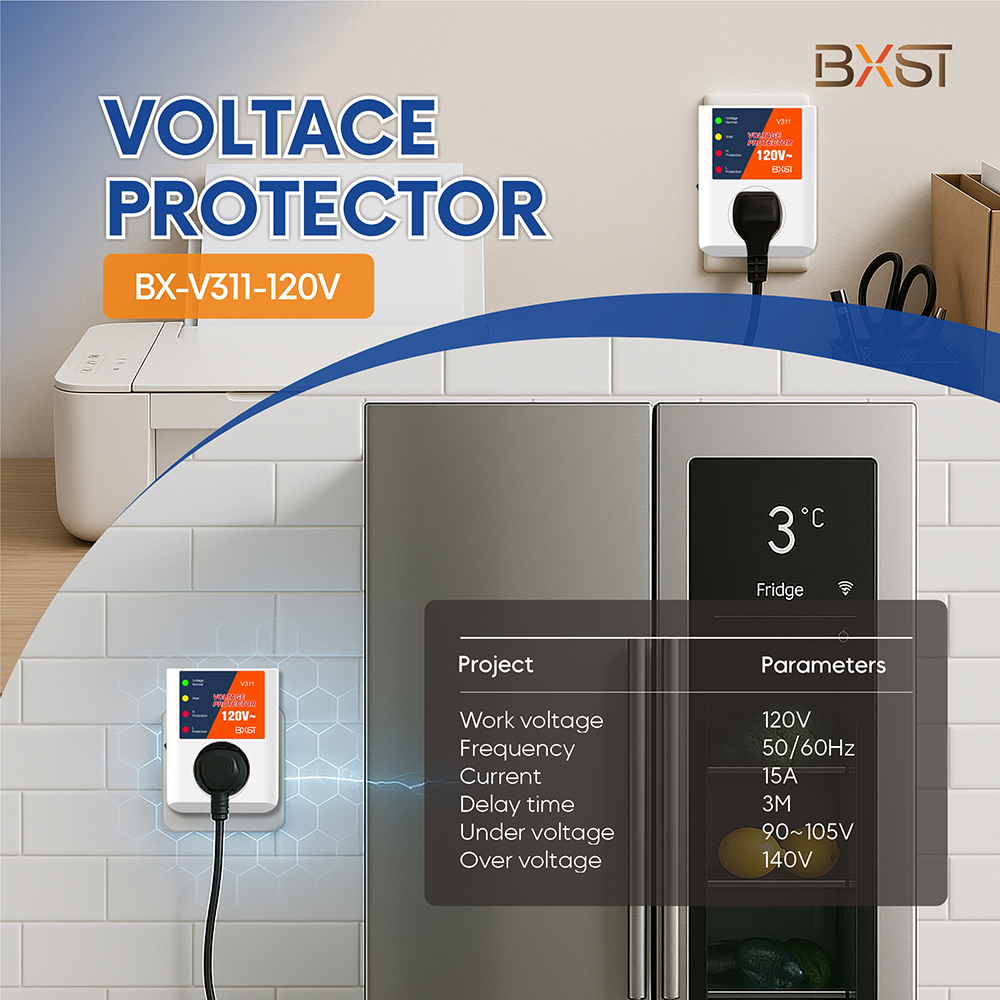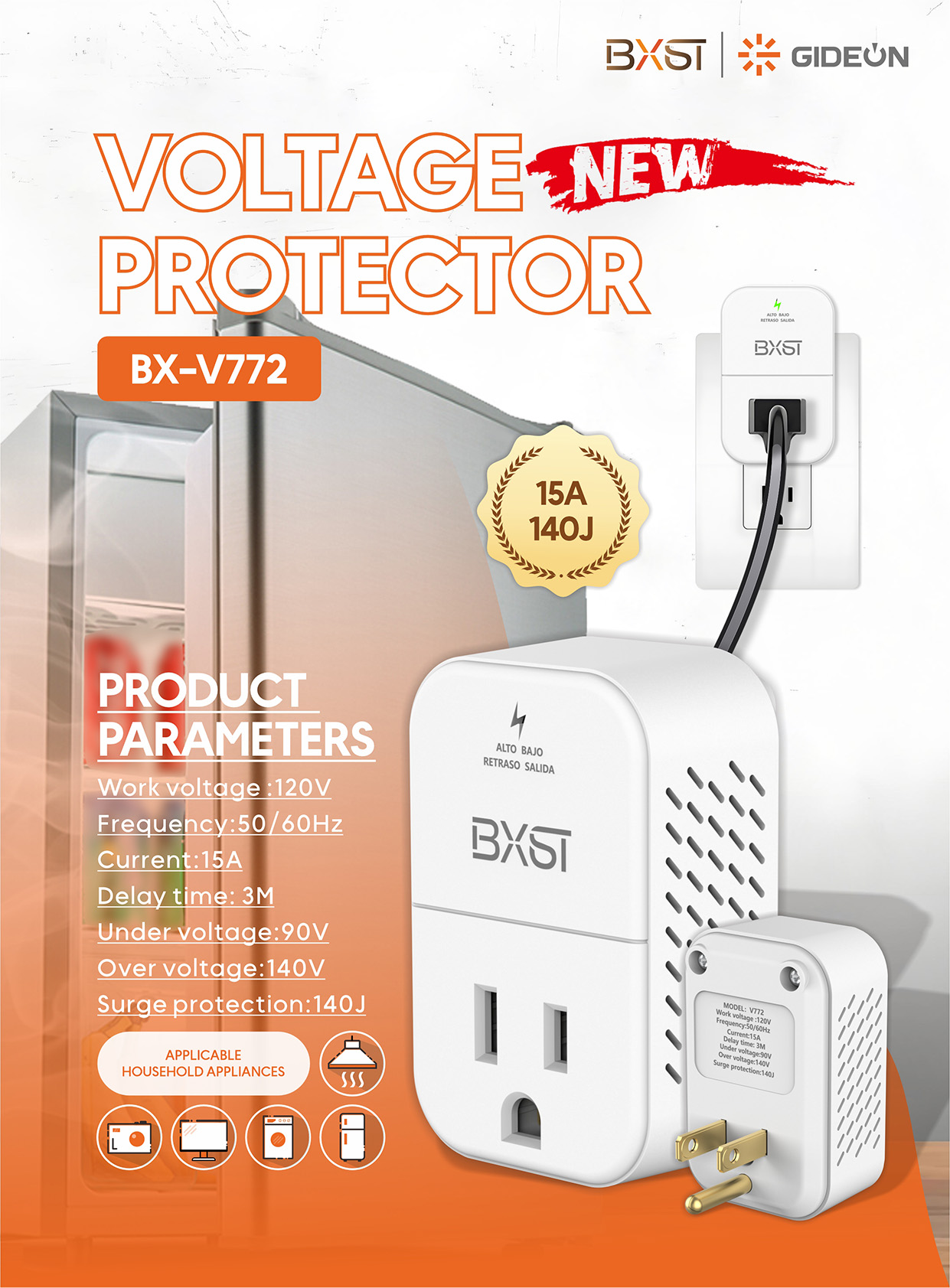Functions, Applications, and Selection Guide for Automatic Voltage Protectors
2025-11-07Having understood the intelligent working mechanism of the Automatic voltage protector, let's now take a comprehensive look at its value: What exactly can it do for us? Where is it applicable? And how should we choose one? This article will provide detailed answers.
How an Automatic Voltage Protector Works: The Secret of Its Intelligent Guardianship
2025-11-06In modern power grid environments, voltage fluctuations are invisible killers of precision electrical appliances. The Automatic voltage protector, as an intelligent device designed to address this issue, derives its core appeal from its ability to act and recover automatically. But how exactly does it achieve this intelligent guardianship?
BX-V310-120V Voltage Protector - Reliable Power Guardian for Home Appliances
2025-10-22In today's volatile power environments, home appliances face unpredictable risks daily. The BX-V310-120V Voltage Protector from BXST combines precise voltage protection with robust surge suppression, delivering round-the-clock stability for your valuable appliances.
BX-V199-120V Voltage Protector: Your Intelligent Safety Guardian for Household Appliances
2025-10-18Are you concerned about irreversible damage to your home appliances when voltage suddenly surges or drops? The BX-V199-120V Voltage Protector from BXST is designed precisely to address this concern. Specifically engineered for standard U.S. voltage environments, this protection device offers precise monitoring and reliable safeguarding, making it the ideal choice for ensuring the safety of your electrical appliances.
BX-V311-120V Voltage Protector: Reliable Power Stability for Your Home and Office
2025-10-14In an era where electrical appliances are central to daily life, voltage fluctuations pose a constant risk to their performance and longevity. The BX-V311-120V Voltage Protector offers a dependable and efficient solution, designed to safeguard your devices against unstable power conditions with precision and reliability.
BX-V772 Voltage Protector: The Guardian of Household Electrical Appliances
2025-10-10In modern household life, electrical appliances have become an indispensable part of our daily routine. However, issues like voltage instability and surge currents constantly threaten the lifespan of these appliances and overall household electrical safety. The BX-V772 Voltage Protector emerges as a reliable solution, offering comprehensive protection mechanisms and robust performance, making it the "Guardian" of home electrical systems.
Full Moon, Family Reunion, Steady Voltage for Total Peace of Mind
2025-10-06A bright moon overhead, a home filled with joyful laughter.
National Day Safe Celebrations, It Guards Your Home's "Voltage Line of Defense
2025-10-01As the nation celebrates together, don't let voltage fluctuations "sneak attack" your home!













